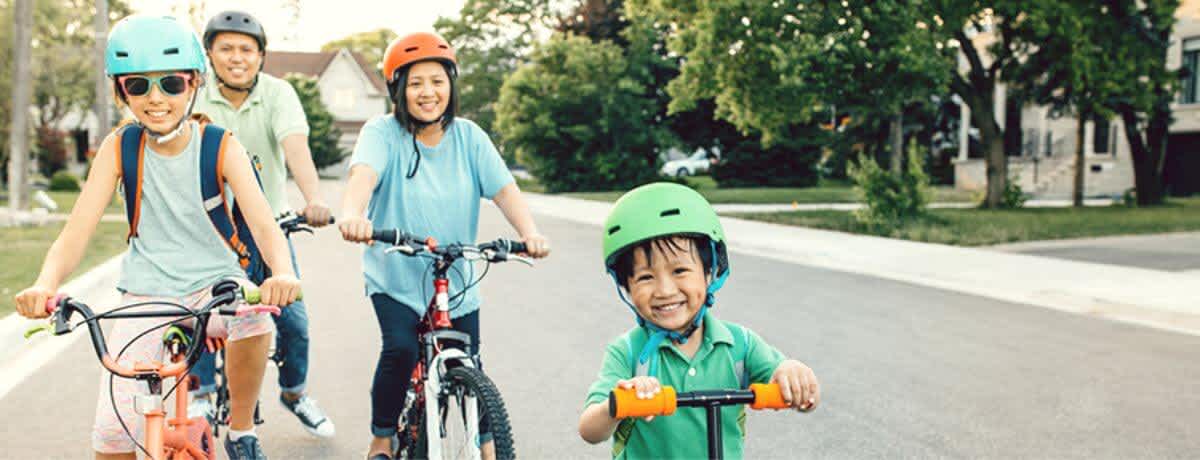Child, Toddler And Baby Milestones: A Timeline
Baby, Child And Toddler Milestones: A Timeline | nib
Milestones you can expect:
Remember!
These are just a guide and every child develops at their own pace. If you have any questions about your child’s development, consult your doctor.
2 months
- Starts smiling at others.
- Directs head toward noises.
- Notices faces.
- Supports own head.
Tip: Speak, sing and read to your two month-old.
4 months
- Mimics certain facial expressions and movements.
- Starts babbling.
- Reaches for objects.
- May roll from stomach to back.
Tip: Surround your baby with safe toys to explore.
6 months
- Recognises familiar faces.
- Uses sounds to express emotions.
- Starts passing objects between hands.
- Starts sitting unsupported; rolls from stomach to back and vice versa.
Tip: Point to and talk about things your baby notices.
9 months
- May fear strangers.
- Comprehends ‘no’.
- Uses thumb and index finger to pick up objects.
- Stands, with support; crawls; pulls self into seated position.
Tip: Play games that involve taking turns.
12 months
- Cautious around strangers; gets upset when parent leaves.
- Performs basic gestures (e.g. waving goodbye).
- Follows simple instructions.
- May take some steps plus stand unassisted.
Tip: Encourage your child to name body parts.
18 months
- May throw tantrums.
- Points at things he/she wants.
- Can point to a body part.
- Can walk and possibly run; eats using a spoon and drinks from a cup.
Tip: Encourage your child to use a cup and spoon at mealtimes.
2 years
- Independence increases.
- May start playing with, rather than just beside, other kids.
- Can name body parts and familiar people.
- Can kick a ball.
Tip: Encourage your 2-year-old to do basic chores.
3 years
- Expresses more emotions.
- Can follow 2- or 3-step instructions.
- Can have a conversation.
- Climbs and runs well.
Tip: Give 2- or 3-step instructions (e.g. “Go to the front door and put on your shoes.”).
4 years
- Prefers playing with other kids than alone.
- Shares stories.
- Can use scissors and identify some colours and numbers.
- Can usually catch a bounced ball.
Tip: Encourage imaginary play (e.g. dress-ups).
5-6 years
- May be excited or nervous about starting school.
- Benefits socially, emotionally and cognitively from playtime.
- Emotional self-control and attention span increase.
- Can learn how to jump rope and bike-ride.
Tip: Help prepare your child for school by applying classroom practices (e.g. listening, responding and asking questions about a topic).
6-8 years
- Likes making friends.
- Can do basic maths (e.g. addition and subtraction).
- Speech is clear.
- May do cartwheels and jump down steps.
Tip: Reassure your child that making mistakes is okay.
9-10 years
- May experience a growth spurt.
- Places great value on friends’ opinions.
- May have more squabbles with siblings, especially younger ones.
- Increasingly self-conscious.
Tip: Set up a study space at home for completing homework.
At nib, we offer health insurance for every life stage. Contact us today.
Want to know more?
